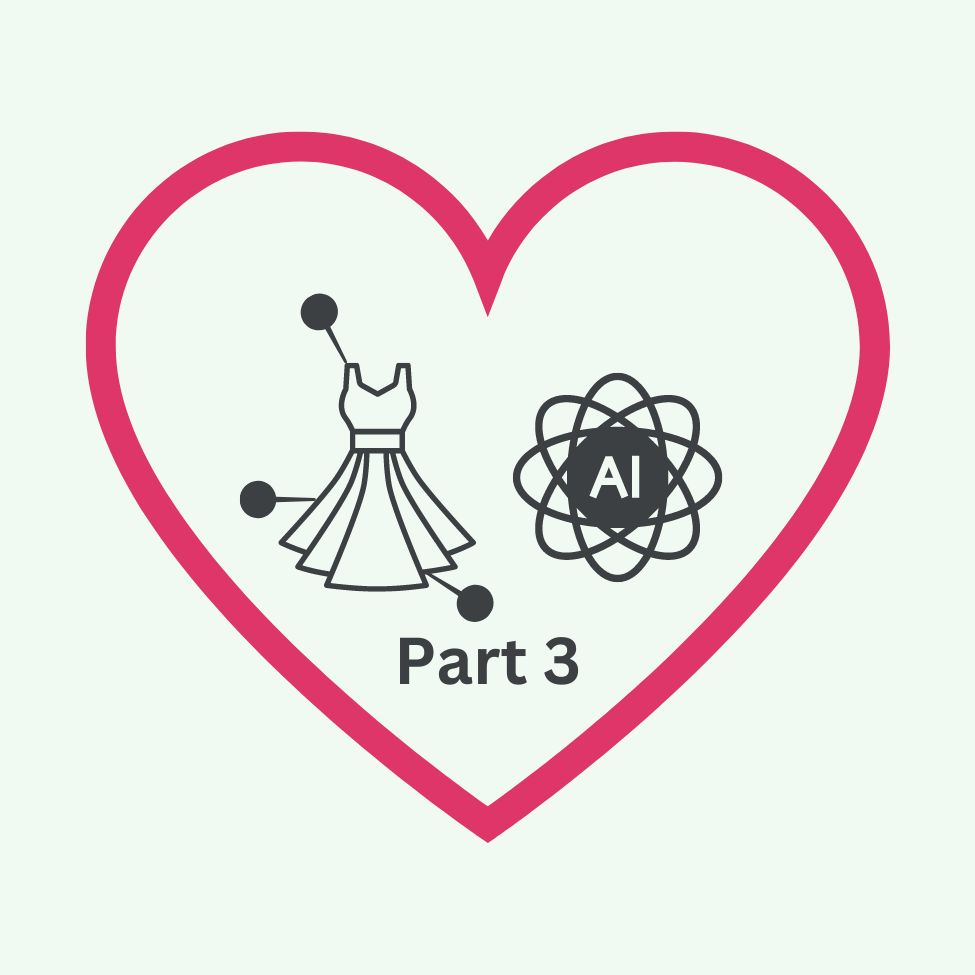AI is changing the way people search and shop for products
In fact, it’s a huge driving force behind today’s ecommerce evolution. Generative AI provides highly specific products, insights, and answers to shoppers’ queries. AI-driven personalization is in demand from consumers, and it’s mutually beneficial to ecommerce retailers, as 65% of them report an increase in conversion rates after adopting a personalization strategy. Many more changes are on the horizon as well.
So how can retailers and brands handle this ongoing evolution in online shopping?
The answer: Rich product attributes that use the language of the customer are critical in order to survive—and thrive—as online shopping evolves.
We explore this in Part 1 of this series. In it, we explain how customer-centric product attributes are key to dominating Google Product Listing Ads. In Part 2, we dive deep into how they are critical to dominating search on Google and beyond. Now, we’re looking into how the right product attributes that use the language of the customer help retailers not only remain relevant, but drive revenue across all the ways people currently search, and will continue to search in the future.
By 2025, 95% of customer interactions are expected to be powered by AI. Coinciding with that, eMarketer says that close to half of US consumers begin their product search on a search engine like Google when shopping online. Almost all online shoppers are searching for products on social media and retailers’ sites as well. The right attributes will connect people to products, no matter their search medium.
What can you do to prepare for evolving search experiences?
There are a few ways retailers and brands can prepare for evolutions in search over time.
Maximize Catalog Completeness and Depth
It all starts with the quality of your product data. Catalog data completeness is no longer limited to basic information!
Update your catalog to include a variety of product use cases. For example, include occasions in which a dress can be worn—say, for a brunch party or backyard barbeque—and then include recommended products to accompany it.
Enrich Google Product Listing Ads with Natural Language
Product attributes that speak the language of your customers will help people find and purchase your products. This is because they use customer-centric language—the terms, phrases, and occasions people are actually searching for.
Start by enriching the details of your products within Google Merchant Center with customer-centric attributes to capture all the ways that real people might be looking for your product.
The result? With enriched Google Product Listing Ads, retailers and brands are seeing anywhere from high single to double-digit lifts in web traffic, ARPV, and sales.
Reverse-Engineer Product Pages to Optimize SEO and Site Search
Product pages can be a retailer’s ultimate recommendation engine . . . If they are optimized for AI-driven search. Instead of merely listing product features, incorporate richer product attributes, a greater volume of product details, and multimedia that shows off a product’s features.
This will enhance both organic and paid discoverability of products. It will also make products easier to find on your own site.
Ensure that your catalog gives a comprehensive overview of your offerings. These details enable AI algorithms to better understand and recommend your products.
How will this enhance your short- and long-term search performance?
Tailoring your online store and product listings to include customer language, while actively ensuring your product data is clean and accurate, is the best way to remain competitive as online shopping and search evolve.
AI makes these processes more efficient and effective than ever before. That’s exactly why customers like Tapestry have partnered with Lily AI to maximize both product discovery via Google Ads and Site Search. You can read about how Lily AI drove high-single and double-digit lifts across SEM, SEO, and site search in this Tapestry case study.
Keeping the customer at the core of everything you do is critical for brands and retailers. This is true today, and it will remain true as shopping evolves.
While we don’t have all the answers on how search will change over time, we do know that customer centricity will never go out of style, and Lily AI will help you make the most of it.

